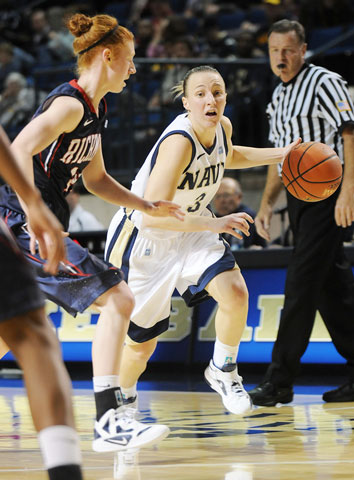Oct 25, 20184 plyometric exercises for basketball players
 Basketball players are constantly sprinting, jumping, and quickly changing direction. One of the best ways to improve in these essential areas is to incorporate plyometrics into your team’s training. When combined with a traditional strength and conditioning program, plyometric exercises give players the tools they need to succeed on the court.
Basketball players are constantly sprinting, jumping, and quickly changing direction. One of the best ways to improve in these essential areas is to incorporate plyometrics into your team’s training. When combined with a traditional strength and conditioning program, plyometric exercises give players the tools they need to succeed on the court.
Jacky Anderson of JenReviews.com provides a guide for how to incorporate plyometrics into your team’s training. To start, it’s important to understand that plyometric exercises vary in intensity. For example, squat jumps are relatively light while zigzag hops are much more intense. It’s helpful to keep this in mind when designing your program, so as not to put too much stress on your athletes’ bodies. This knowledge will also help you build a training program that gradually progresses athletes from lower intensity exercises to higher intensity, allowing them to build the necessary strength and experience as they go.
Anderson recommends keeping plyometric exercises to a minimum, so as not to overload the athletes. Most plyometric training sessions should include only two or three exercises, or else you can easily overwork your players and cause more harm than good. These exercises take a lot of energy, and therefore it’s important not to go overboard.
Here’s a list of some lower-body plyometric exercises that can make a great addition to a basketball player’s training:
Squat jumps (low intensity)
- Stand with feet shoulder-width apart, trunk flexed forward slightly with back straight in a neutral position.
- Arms should be in the “ready” position with elbows flexed at approximately 90 degrees.
- Lower body where thighs are parallel to ground and immediately explode upwards vertically and drive arms up. Do not hold a squat position before jumping up. Keep the time between dipping down and jumping up to a minimum.
- Land on both feet. Rest for 1-2 seconds and repeat.
- Prior to takeoff, extend the ankles to their maximum range (full plantar flexion) to ensure proper mechanics.
Bounding with rings (moderate intensity)
- Jog into the start of the drill for forward momentum.
- After a few feet, forcefully push off with the left foot and bring the right leg forward. At the same time, swing left arm forward and land into the first ring, which is 3-4 feet out and to the left, with the right foot.
- Continue and repeat with other leg and arm into the second ring, which is now 3-4 feet up and to the right.
- This exercise is an exaggerated running motion focusing on foot push-off and air time.
Box drill with rings (moderate intensity)
- Stand with feet slightly wider than hip-width apart with your body facing the first ring.
- Hop forward using both feet and land in first ring.
- Now hop to the left and land in the ring to the side. Then jump backwards to land in the ring behind you. Finish by jumping to your right to land in the final ring.
- Rest and repeat. Remember to keep ground contact time between bounds to a minimum.
Zigzag hops (high intensity)
- Stand to the left of an agility ladder or similar object approximately 1-2 feet away.
- Forcefully push off both feet and land on the other side of the ladder.
- Repeat and land feet back on the other side. Continue repeating down the ladder.
- Do not “double hop” upon each landing and keep ground contact time to a minimum.


